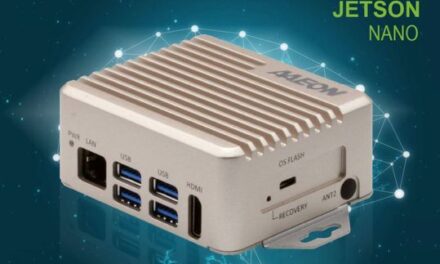Today, touchscreen technology is an important part of our everyday lives, and yet the Coronavirus pandemic has led many to question how hygienic touch technology is. One company that has recently introduced a new technology to help is Jaguar Land Rover which, in collaboration with the University of Cambridge, has introduced a new contactless touchscreen technology. This, the company explains, will help to keep the driver’s eyes on the road while helping to reduce the spread of bacteria and viruses.
Called ‘predictive touch’, this technology uses artificial intelligence and sensors to predict a user’s intended target on the touchscreen – whether that’s satellite navigation, temperature controls or entertainment settings – without touching a button. According to laboratory tests and on-road trials, the predictive touch technology could reduce a driver’s touchscreen interaction effort and time by up to 50%, as well as limiting the spread of bacteria and viruses.
In addition to helping prevent the spread of viruses, however, contactless touchscreens can be beneficial in other ways. For example, vibrations caused by uneven or poor road surfaces can often result in the user pressing the wrong button on a touchscreen, meaning drivers need to take their attention away from the road, increasing the risk of an accident. With this, however, AI is used to determine the item the user intends to select on the screen early in the pointing task, speeding up the interaction. A gesture tracker uses vision-based or radio frequency-based sensors, which are increasingly common in consumer electronics, to combine contextual information such as user profile, interface design and environmental conditions with data available from other sensors, such as an eye-gaze tracker, to infer the user’s intent in real time.
Jaguar Land Rover vehicles are already designed to help improve passenger wellbeing, with innovations including a Driver Condition Monitor, engine noise cancellation and cabin air ionisation with PM2.5 filtration to capture ultrafine particles and allergens. New technology like predictive touch is another step forward as Jaguar Land Rover addresses the wider landscape of mobility – from how customers connect with mobility services, to the infrastructure required to enable fully integrated, autonomous vehicles in our cities, like Project Vector.
The software-based solution for contactless interactions has reached high technology readiness levels and can be seamlessly integrated into existing touchscreens and interactive displays, so long as the correct sensory data is available to support the machine learning algorithm, the company explains.
Professor Simon Godsill from Cambridge University’s Department of Engineering led the project. He said: “Touchscreens and other interactive displays are something most people use multiple times per day, but they can be difficult to use while in motion, whether that’s driving a car or changing the music on your phone while you’re running. We also know that certain pathogens can be transmitted via surfaces, so this technology could help reduce the risk for that type of transmission.”
Many everyday consumer transactions are conducted using touchscreens – in railway stations, when buying cinema tickets, at ATMs, airport check-ins and supermarket self-service checkouts, as well as many industrial and manufacturing applications. Predictive touch technology eliminates the need to touch an interactive display and could therefore reduce the risk of spreading bacteria or viruses on surfaces.



